Sunflour – Sunflower Seed Flour

 Add to favorites
Add to favorites
I have been asked quite a bit about providing an alternative to nut flour… So here we go… Sunflour from sunflower seeds! When soaking the sunflower seeds, use a glass bowl so that any bad stuff in plastic doesn’t leach into the water.
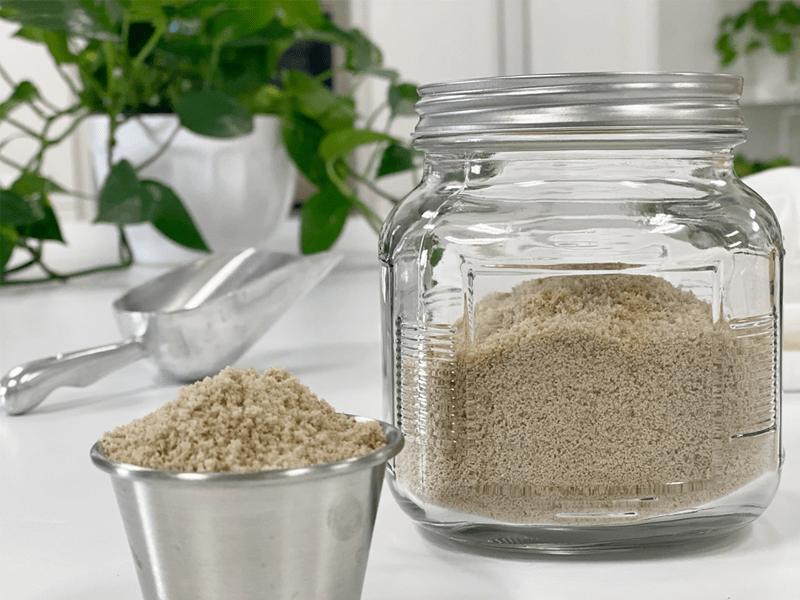
Deactivate the Enzyme Inhibitors
We will be adding Himalayan Sea Salt to the soak water because the salt helps to deactivate the enzyme inhibitors. Phytic acid is one of these inhibitors that we are deactivating because it makes the seed harder to digest.
It also inhibits the absorption of calcium, zinc, copper, iron, and magnesium. Long-term consumption of phytic acid can lead to many health issues; mineral deficiencies, impaired immune function, inflammation, allergies, anemia, and hormone imbalances.
If you are new to the idea of soaking nuts, seeds, or grains, I would like to encourage you to take the plunge and start implementing this process into your food preparation routines. It may seem time-consuming at; first, new things usually do, but before long, it will become second nature to you. And it is straightforward to do! The best thing is to create a routine.
Time Saving Tip
Every time you purchase raw sunflower seeds, bring them home… immediately place them in a bowl as instructed below. Then just let them soak while you are cleaning the house, helping your little ones with homework, while you sleep, or while you spend countless hours surfing through Nouveau Raw (hehe).
After they are done soaking, dehydrate them, place them in a mason jar, and then label and store in the fridge or freezer. Now your seeds are ready whenever you get a wild hair to create a raw food dish or need a quick snack. They take on a different consistency when they have gone through this process. They get crunchier, lighter, and to me, the flavor is more interesting. You can almost see how different they are in the photo to the right. Almost paper-like.
Why soak sunflower seeds?
- To remove or reduce phytic acid.
- To remove or reduce tannins.
- To neutralize the enzyme inhibitors.
- To encourage the production of beneficial enzymes.
- To increase the number of vitamins, especially B vitamins.
- To make digestion easier.
- To make the proteins more readily available for absorption.
- To help prevent mineral deficiencies and bone loss.
- To help neutralize toxins in the colon and keep the colon clean.
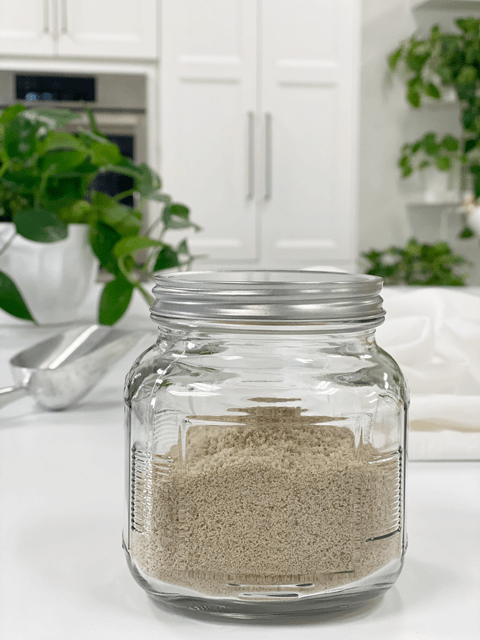 Ingredients:
Ingredients:
Yields 5 cups flour
- 4 cups raw sunflower seeds, soaked
- 8 cups water
- 1 Tbsp Himalayan pink salt
Preparation:
- Use a glass bowl for the soaking process.
- In a separate container, dissolve the sea salt in freshwater, then pour it over seeds, be sure to use enough water to cover them.
- You will need 2 times the amount of water as seeds in the bowl.
- Leave in a warm location for the specified time. Lay a clean cloth over the bowl as a cover; this allows the contents to breathe.
- After soaking, drain into a colander and be sure to rinse thoroughly. Use the soak water to feed your houseplants.
- Spread the seeds out on the mesh dehydrator sheets in a single layer and dry them at 115 degrees (F) until they are thoroughly dry and crisp. (6-8 hours)
- Make sure they are completely dry. If not, they could mold, and won’t have that crunchy, yummy texture.
- I like to prepare a big batch to save time and energy when using my dehydrator. This way, I always have properly prepared seeds on hand for snacks, salads, and recipes. It is best to store the dehydrated nuts in the fridge to extend their shelf life and to keep them crisp.
- To grind into flour, you can use a Vitamix dry container, food processor, or Bullet. I prefer to use the Bullet and grind 1/2 cup at a time so that I can get it to a fine powder. It is best to create the flour as it is needed.
-
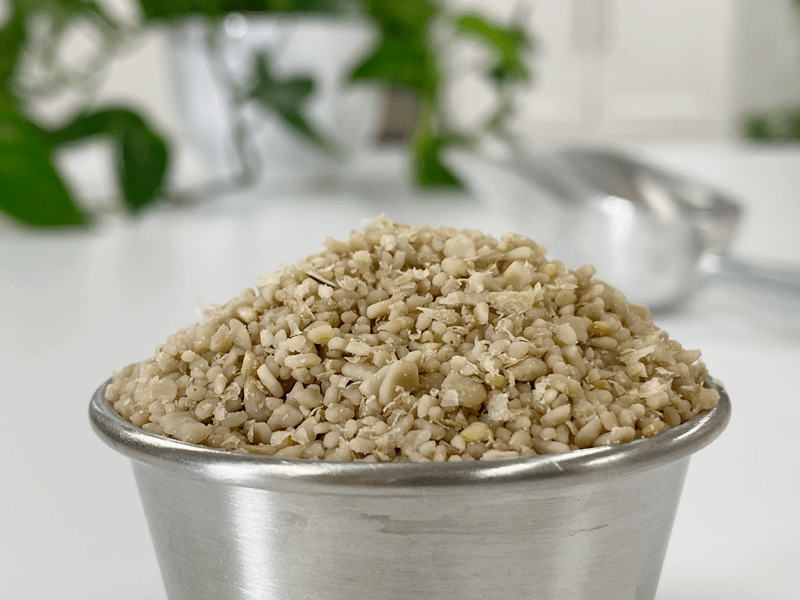
-
Sunflower seeds quickly ground in the blender.
-
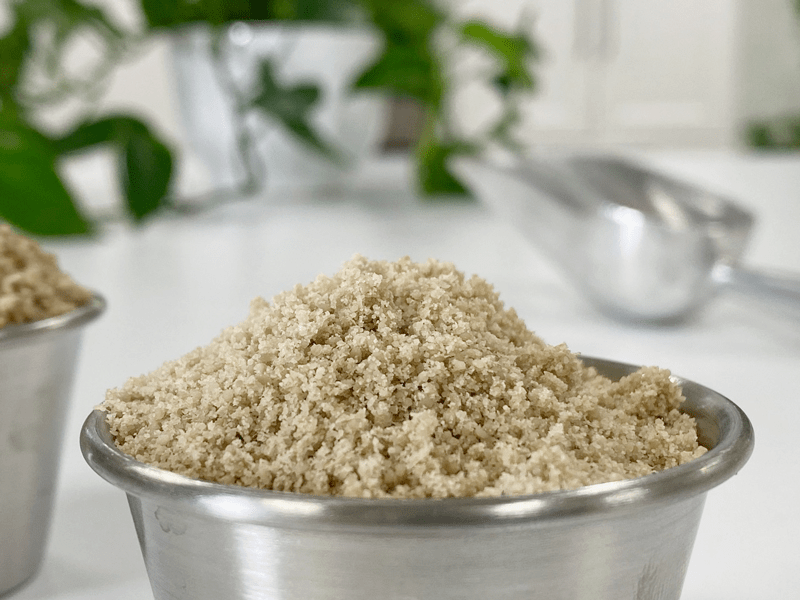
-
Ground sunflower seeds pushed through a mesh sieve for a finer flour.
-
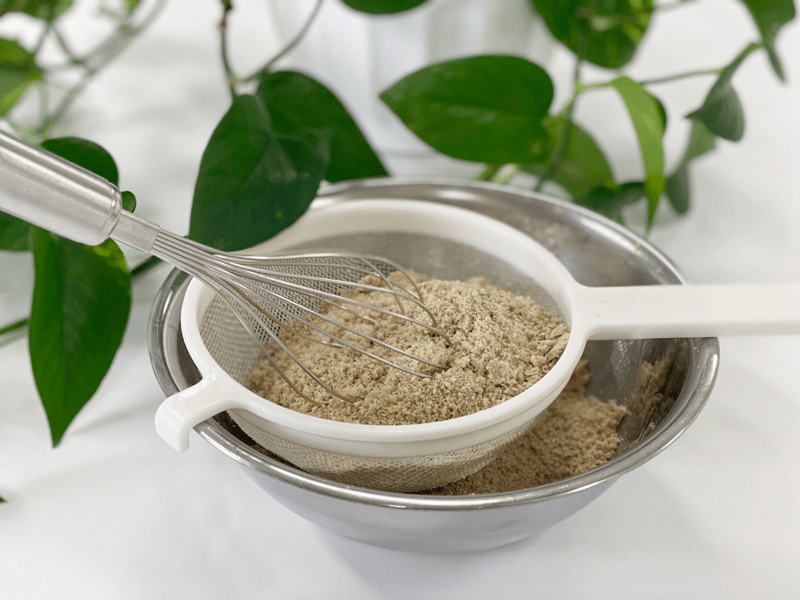
-
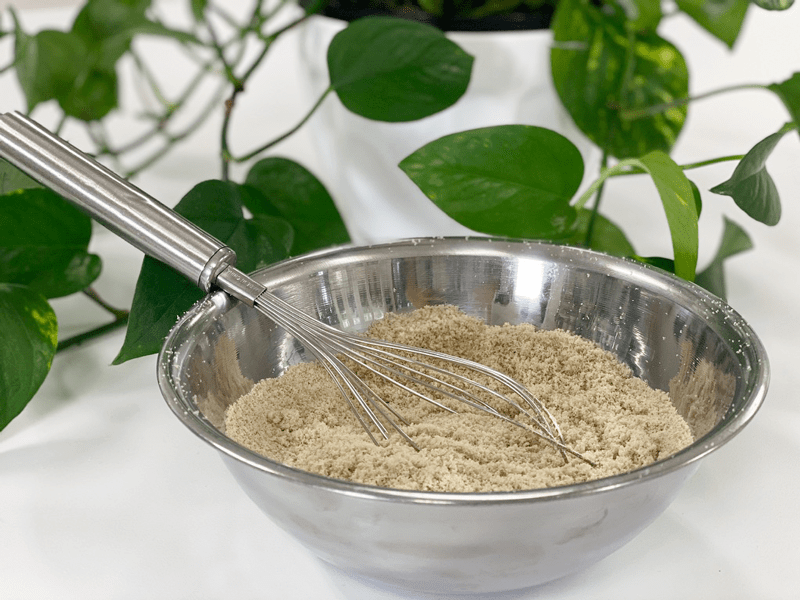
© AmieSue.com

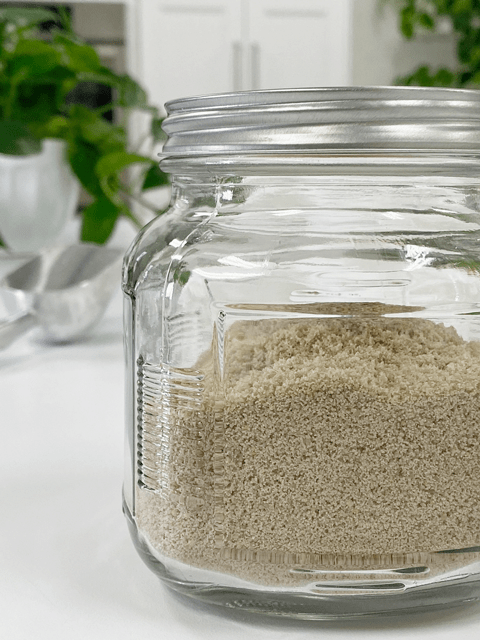

 Add to favorites
Add to favorites

 Ingredients:
Ingredients:
Yummy! I love dehydrated sunflower seeds. I actually have some in my freezer! Now I can make flour. When you use your bullet, which lade do you use to make flour, the one with four spokes or the flat “s” one?
Thanks, Amie ue!
Hello Chris… I use the flat blade when I grind things down to powders in the Bullet :) amie sue
Ok, probably another dumb question, how do you keep the sunflower kernels and sesame seeds from fly all over the dehydrator, once they are somewhat dried out. They are so light.
Side note I made your Cowgirl cookies last night. Yummy!!!
Suzie
Hi Suzie,
Good question. With sunflower seeds I never have an issue with them flying all over. I have sprouted and dehydrated quinoa though that does that. The only way to not get showered if you have this problem is to turn the machine off before removing the lid. haha Yay Cowgirl cookies!! Gald to hear that you enjoyed them. :)
Have a great day, amie sue
maybe you could put another dehydrator screen onto the seeds to hold them down while dehydrating…?
Can you make flour out of all nuts or seeds?
Pretty much Alan…please read this post that I have…. it will help you!
https://nouveauraw.com/raw-techniques/making-raw-flours-explaining-the-difference-of-nut-flour-meal-and-pulp-plus-more/
Can this process be done in the oven? I don’t have a dehydrator
Hello LeJeune,
I am sure it can. It won’t be a raw product in the end though and I am not sure if that is important to you or not. amie sue
is there any reason why we couldnt make a huge batch and freeze them longer and perhaps keep fresher?
Hi Suzi… you could certainly do that! Make as much as you please. :) amie sue
Hi, I’m wondering if you can tell me what can be made with the flour. I am grain and tree nut intolerant. This sounds like something I could try!
Thanks!
Hi Kathy,
As far as using sunflour in raw recipes, it can be used in cookies, brownies, bars, cakes, and crusts. Have a wonderful weekend, amie sue
Hi
Can I use sunflour (ground sunflower seeds) in place of almond flour in recipes?
Hello Sam,
Texture-wise it wouldn’t be a problem… but flavor-wise, it might effect the recipe. Just depends on what it is. :) Many blessings, amie sue